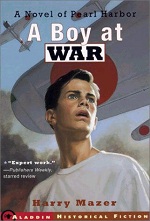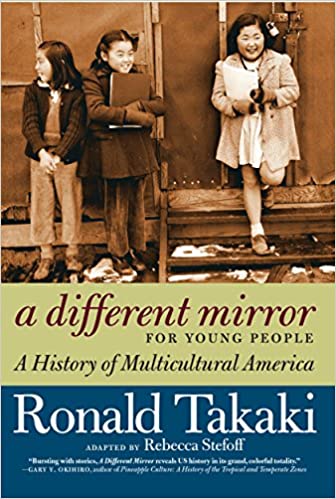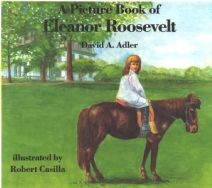As COVID-19 deaths spiked in 2020, Suzanne Firstenberg’s public art installation "In America: How could this happen…"
Museum Artifacts

Grade Range:
K-12
Resource Type(s):
Artifacts
Date Posted:
4/4/2016
National Public Radio reporter Andy Carvin used this iPhone 3GS to monitor stories on Twitter during the Arab Spring movement in the winter of 2011. Twitter and social media became a large source of news during the movement as users on the ground in the Middle East relayed news and real-time even

Grade Range:
K-12
Resource Type(s):
Artifacts, Primary Sources
Date Posted:
7/8/2008
The Apple Macintosh introduced a graphic user interface (GUI) to the Apple line of computers. The idea had originated at Xerox's Palo Alto Research Center in the 1970s, but Xerox was slow to commercialize it. Apple proved far more successful when it introduced the Macintosh in January 1984, with

Grade Range:
K-12
Resource Type(s):
Artifacts, Primary Sources
Date Posted:
3/12/2012
In 1976, computer pioneers Steve Wozniak and Steve Jobs began selling their Apple I computer in kit form to computer stores. A month later, Wozniak was working on a design for an improved version, the Apple II. They demonstrated a prototype in December, and then introduced it to the public in Apr

Grade Range:
K-12
Resource Type(s):
Artifacts
Date Posted:
1/2/2022
In the early 1960s, the Chicago firm of Playskool introduced this educational toy for children three to six years old, seeking to give them an early familiarity with numbers. It has two rows of relatively large rotating wooden rectangular blocks, each with a row of square rotating wooden blocks belo

Grade Range:
K-12
Resource Type(s):
Artifacts, Primary Sources
Date Posted:
1/29/2009
Arthur Ashe (1943-1993) bought this Head tennis racket in 1975 and used it in competitions including Wimbledon and the Davis Cup. When he began his career in 1955, he was challenged by racial prejudice. But the young man from Richmond. Virginia, broke down these barriers, becoming a Grand Slam to

Grade Range:
K-12
Resource Type(s):
Artifacts, Primary Sources
Date Posted:
10/9/2008
The astrolabe is an astronomical calculating device used from ancient times into the eighteenth century. Measuring the height of a star using the back of the instrument, and knowing the latitude, one could find the time of night and the position of other stars. The openwork piece on the front, ca

Grade Range:
K-12
Resource Type(s):
Artifacts, Primary Sources
Date Posted:
9/3/2020
These four friendship bracelets were created inside a holding center while the young girl awaited their case in seeking asylum from El Salvador. Arts and crafts are sometimes part of daily routine for the young children since they are not allowed to leave the center.

Grade Range:
K-12
Resource Type(s):
Artifacts, Primary Sources
Date Posted:
11/10/2008
During World War II, the U.S. military needed to find accurate ways to guide missiles to their targets. Harvard University psychologist B. F. Skinner suggested that a missile nose cone be supplied with three compartments, each with a window. A pigeon would be placed in each section, and trained t

Grade Range:
K-12
Resource Type(s):
Artifacts, Primary Sources
Date Posted:
9/19/2009
This Barbie doll is costumed and accessorized as a representation of The Virgin of Caridad del Cobre, Patron Saint of Cuba. The doll wears the ornate blue and gold robe characteristic of the Virgin in other depictions in religious cards, carvings, and statues. The figure has a crown and is holdin

Grade Range:
K-12
Resource Type(s):
Artifacts, Primary Sources
Date Posted:
10/22/2008
Steve Richard Nicosia (b. 1955) played for eight seasons on four different teams, ending his career in 1985. As a rookie, Nicosia used this catcher's mask when he caught during Game Seven of the 1979 World Series. Later in his career, he set a San Francisco Giants record with eight consecutive hi



















